
Gratitude should never be forgotten or underestimated.

Gratitude should never be forgotten or underestimated.

Despite current demographics, men dominate in veterinary practice ownership and industry leadership. Here are some possible reasons why—and what women need to do to correct it.
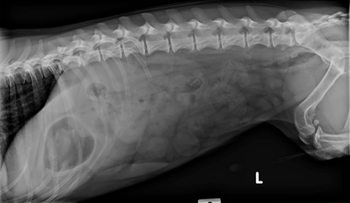
Most practitioners can confirm that the canine palate includes far more than kibble. Use these tips to make removing linear foreign bodies a little easier.
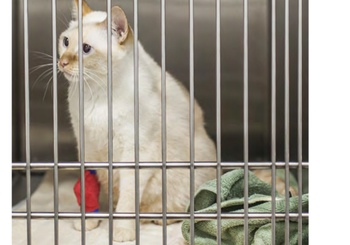
The widening geography of pet travel has increased an already significant problem in animal shelters and other veterinary facilities that house commingled animals. Here’s the latest.
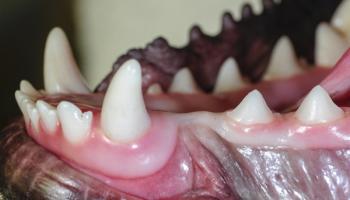
When it comes to dental care, sometimes immediate action is a must for your patient’s health and comfort.
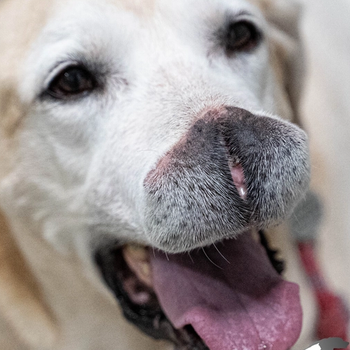
An uncommon but life-saving surgery gave a Labrador retriever and his grateful owner much more time together.

A large study sheds light on anxious behaviors in dogs by evaluating their penetrance within the domestic canine population, the patterns by which certain traits occur in tandem, and the genetic stronghold for these behaviors.

Results of this retrospective study of California racehorses may mean that one day this type of fracture can be prevented.

Genomic based-precision medicine from the TGen subsidiary provides additional resources to assist both veterinary oncologists and pet owners in the diagnostics and treatment of canine cancer.

The American Animal Hospital Association offers the third in a series of publications aimed to help veterinary practices improve client communication about preventive care.

The scent-detection dogs at the University of Pennsylvania are at it again, this time helping to eradicate an invasive insect species.

Better flow and more space enhance the existing charm of this Washington veterinary practice.

Second- and third-year student leaders are invited to apply for this $2000 scholarship by December 2, 2020.

Have you heard about the newest option for employer-sponsored retirement plans? A 401(k) pooled employer may give your veterinary practice lower fees, fewer fiduciary risks, and greater flexibility than ever.
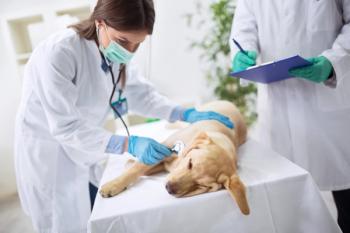
Like everything and everyone else, veterinary practices and teams have been hit hard by the upheaval brought on by COVID-19. Here’s a look at where the veterinary profession is headed and how to prepare your practice for the future.

For many years veterinary practice associates were at the mercy of their noncompete agreement. That’s not quite the case anymore. Here’s why.

An afternoon of errands turns into a full-on gamble—with wins all around.
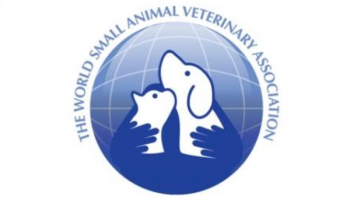
This new hybrid conference model will allow delegates with travel restrictions a chance to engage online and those who can make the trip, face-to-face interaction.
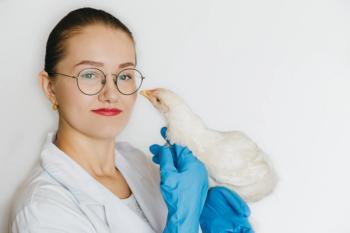
Companion animal practitioners can take poultry under their wing by incorporating into their practice medical care for these birds and by counseling clients on proper fowl husbandry.

Texas Tech University’s School of Veterinary Medicine will start with an inaugural class of approximately 60 students in fall 2021.

Four students weigh in on diversity, equity, and inclusion in veterinary school, and share their own unique journey to veterinary medicine.
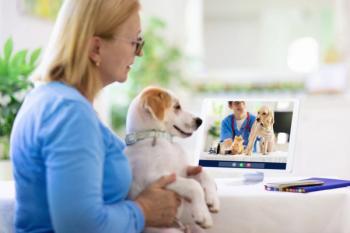
Interested in implementing a telehealth component to your practice, but not sure where to start? The Veterinary Virtual Care Association is here to help.

Banfield Pet Hospital announces its plan to increase the pipeline of veterinary professionals and to tackle diversity, equity, and inclusion issues.

The pros and cons of hiring relatives at your veterinary practice.

Using telehealth can maximize staff efficiency, provide clients with face-to-face care, and increase practice revenue. Here’s a look at the role technicians can and should play in providing virtual care.

The WSAVA Global Nutrition Committee and Royal Canin have joined forces to help promote the distribution of credible pet nutrition resources.
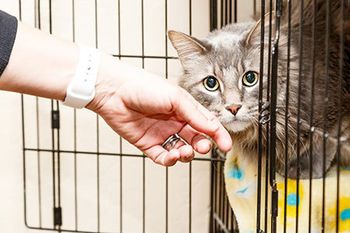
The widening geography of pet travel has increased an already significant problem in animal shelters and other veterinary facilities that house commingled animals. Heres the latest.
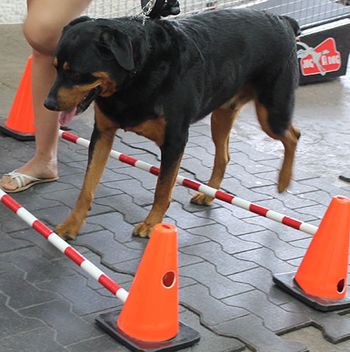
Just like in people, proper rehabilitation in pets requires exercise, but you dont need to have lots of fancy equipment to make it happen. Heres what you need to know before devising a rehab program, plus some exercises that any practitioner can employ.